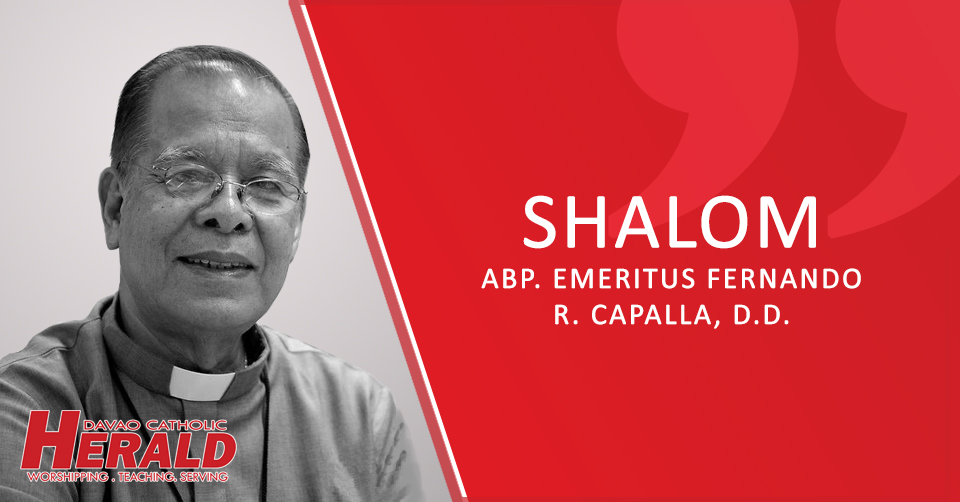
If there is a sense of beauty in every one, there must also be a sense of the ugly
We have repeatedly mentioned in this column that an object or person is considered beautiful if it shows, more or less clearly, the aspects of proportion or balance, of harmony, of unity and of order.
Conversely, it is logical to conclude, that an object or person is ugly if it shows, more less clearly, aspects of disproportion or imbalance, disharmony, disunity and disorder.
It therefore logically follows that it is incorrect to say that “a thing of beauty is in the eyes of the beholder”, as one famous English poet once said (I forgot the name). Beauty is therefore objective, not subjective. St. Thomas Aquinas defines “pulchrum” (a thing of beauty): “qui visum placet” (that which pleases when it is seen!).
When our five senses are healthy and well — sight, hearing, touch, taste and smell — we can objectify or determine what is beautiful and what is ugly. With regards to food and drink as objects of taste and smell, there are words that are equivalent to beauty and ugliness like sweet and sour, tasty and flat, etc.
Sense of the ugly here is equivalent to a bad conscience, bad habit, a tendency to evil, or simply, a sense of sin. In other words, all information, good and bad, comes through our five senses. But the devil, as spirit, can enter into our spirit without passing through the five senses. So said St. John of the Cross. And so we have the common expression, “the devil in us” as the source of all that is bad, immoral and sinful in us. There is an explanation in the science of psychology and in Christian mysticism.
We stop here because, for lack of space, we cannot enter into the psychology of the “ego” and our “true self”. Suffice it for now to declare with the Church that we believe in the existence of evil and the devil, “in the communion of saints, the forgiveness of sins, the resurrection of the body, and life everlasting”.


No Comments